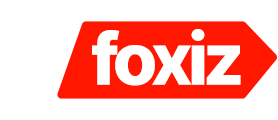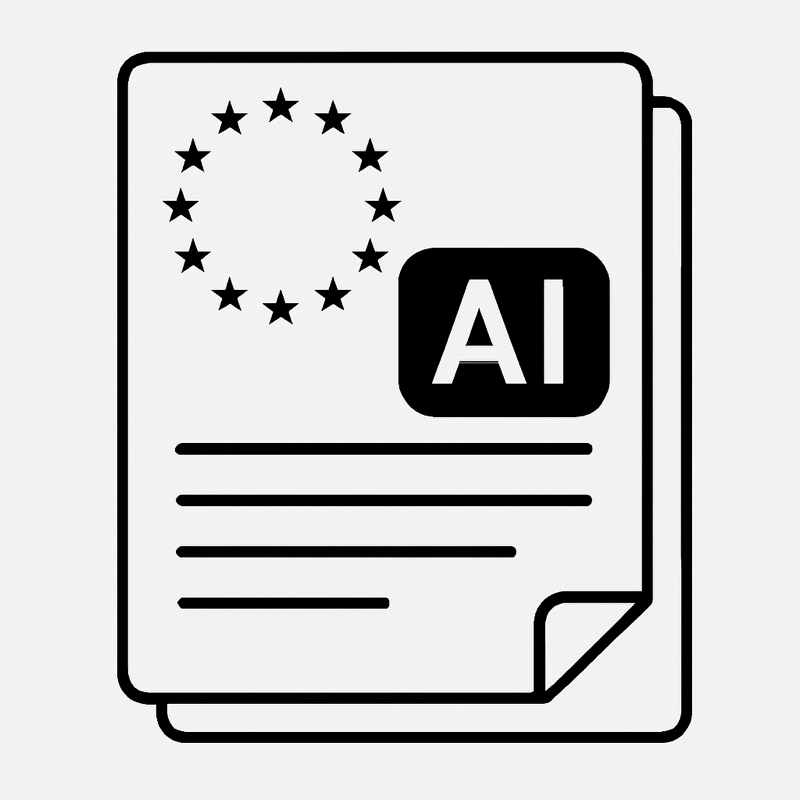Several U.S. technology giants, including Amazon, IBM, Google, Meta, Microsoft, and OpenAI, recently urged the European Commission to keep its upcoming Code of Practice on General-Purpose AI (GPAI) straightforward and manageable. This Code guides providers of AI models, such as large language models like ChatGPT, in complying with the EU’s comprehensive AI Act. These companies emphasize that the Code should avoid unnecessary bureaucracy and allow enough time for smooth implementation.
What’s Happening & Why This Matters
The Commission’s draft Code of Practice, initially scheduled for release on May 2, faced delays after receiving feedback requesting an extension of consultation. Thirteen experts appointed by the Commission have worked on the guidelines since last September. These experts organized plenary sessions and workshops with nearly 1,000 participants to collect diverse opinions.
The primary concern for U.S. tech leaders is to prevent the Code from introducing redundant reporting requirements or administrative burdens that exceed the scope of the AI Act. They stressed the need for a straightforward, transparent framework that enables companies to fulfill their commitments without undue delays.
The AI Act, which came into effect last August, categorizes AI tools based on societal risk and sets phased compliance deadlines, with full applicability expected by 2027. The rules specifically targeting General-Purpose AI tools (i.e., ChatGPT, Gemini, Meta AI, xAI, Apple Intelligence) will take effect on August 2.

Not all feedback favors Big Tech’s stance. Björn Ulvaeus, a member of ABBA and president of the International Confederation of Societies of Authors and Composers (CISAC), recently voiced concerns in Brussels. He warned about proposals potentially weakening creative rights under the AI Act, a sentiment shared by many in the creative industries. This ongoing tension presents the challenge between innovation and copyright protection in AI regulation.
Impact & Reactions
The call for simplicity reflects industry worries about regulatory overreach that could hamper innovation. These companies want the Code to focus on practical implementation instead of exhaustive rules that slow progress.
Creative rights advocates stress the importance of protecting artists and content creators in the AI era. The Commission must navigate these competing interests to finalize a Code that supports both innovation and rights.
The Commission plans to publish the latest draft before summer. Stakeholders, policymakers, and creators await the final text, as it may change Europe’s role in AI governance.
TF Summary: What’s Next
The European Commission’s final Code of Practice on General-Purpose AI will set a crucial precedent for AI regulation worldwide. Its simplicity or complexity will determine how easily companies can adapt and innovate.
As the rules take effect on August 2, 2025, companies must prepare for compliance with these regulations. Meanwhile, tensions between Big Tech and creative rights holders will continue influencing the regulatory landscape.
The Commission faces a daunting quandary: enabling innovation while offering protections. The final Code may create far-reaching consequences, not only in Europe.
— Text-to-Speech (TTS) provided by gspeech


